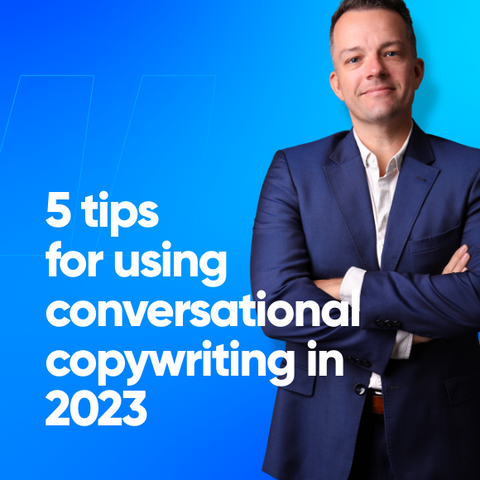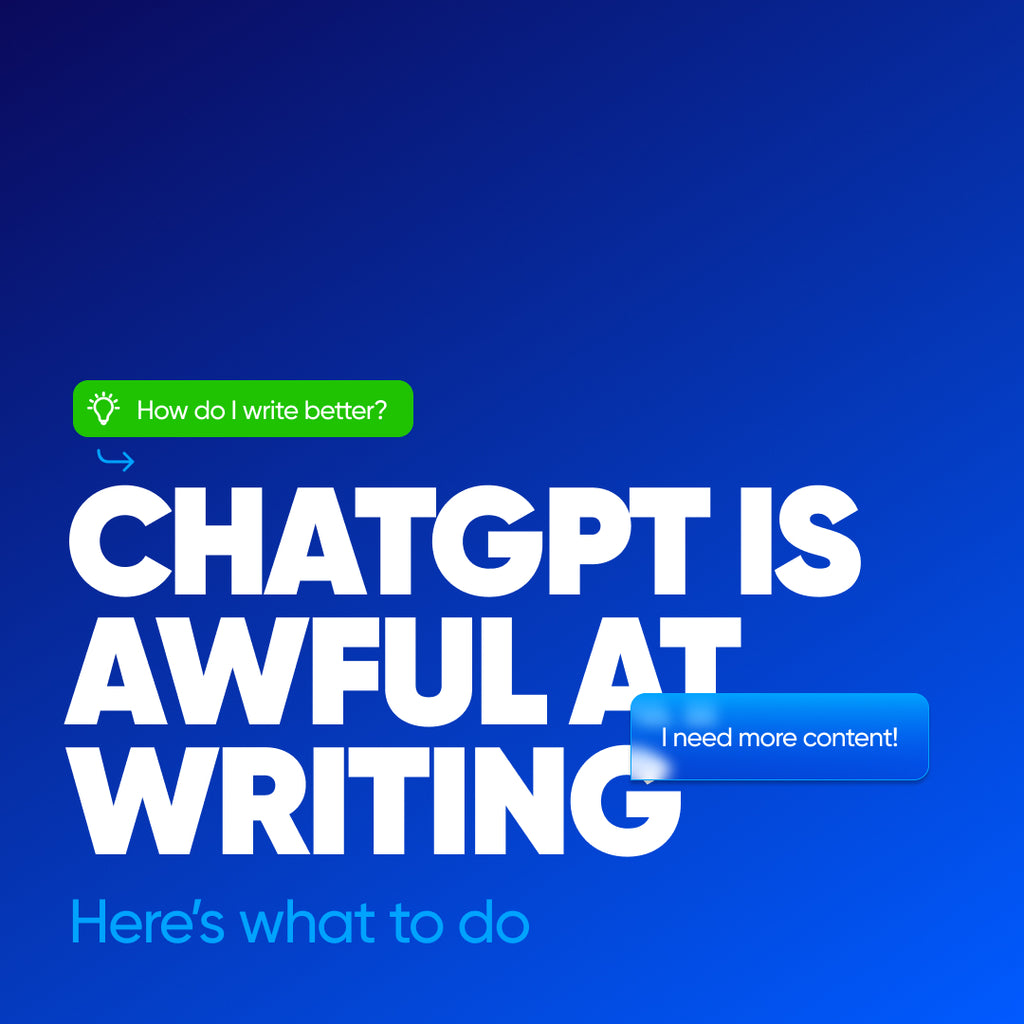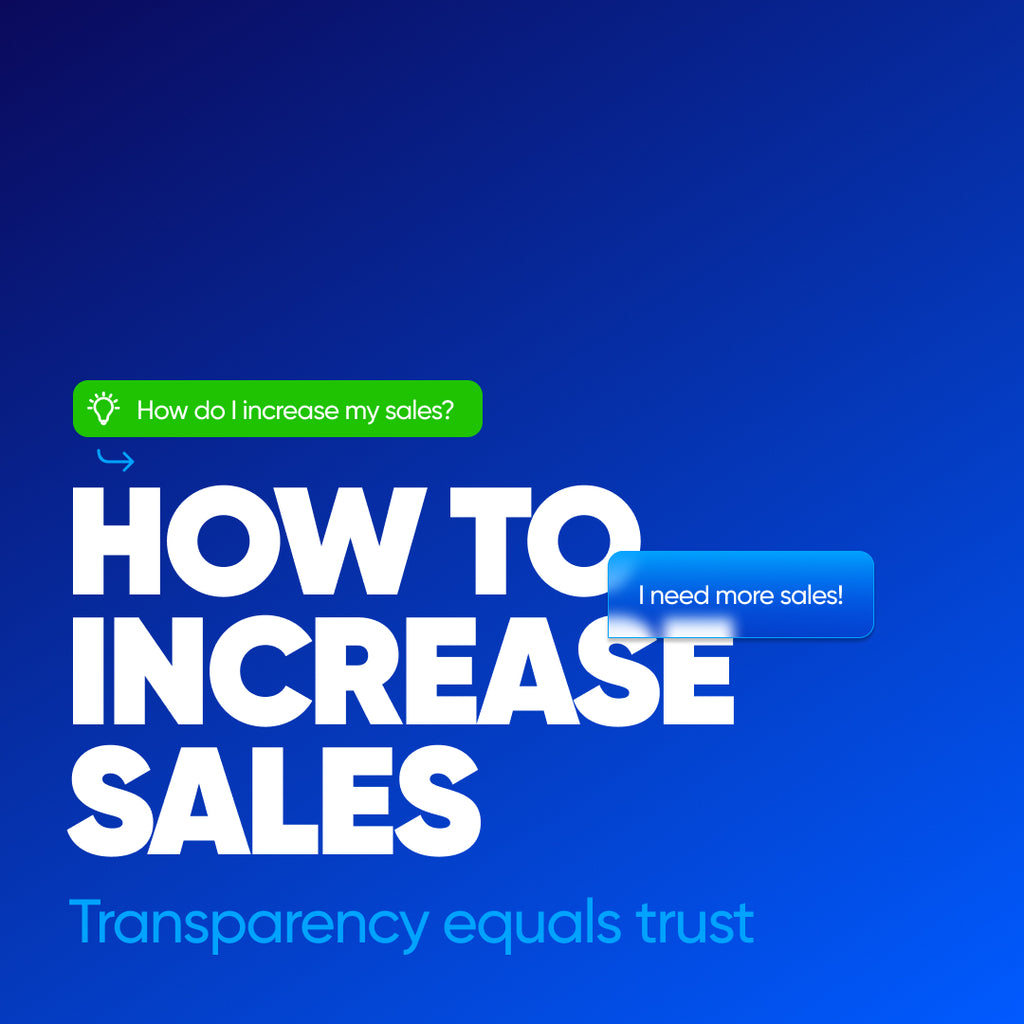We all have businesses to run, and profit is the blood that keeps us growing. Here is how to use conversational copywriting to build your business in 2023.
Here are my tips to help you succeed with your conversational copywriting to convert clicks into conversions:
-
Tip #1 - Write like you're talking to your friends
-
Tip #2 - Practice your pitch to have that conversational tone
-
Tip #3 - Use conversational writing to tell your story
-
Tip #4 - Write like your audience writes
-
Tip #5 - Write in the active voice and avoid business speak
Even copywriters with decades of experience (like me) are still learning. This tutorial on conversational copywriting is another way to build your repertoire of copywriting techniques and develop a personal connection with your target audience.
Conversational copywriting requires knowing your audience personally, try adding in personal pronouns which identify the reader and make your copywriting relatable. As you become a good copywriter, you will be able to develop a conversational tone which is required in today's market, especially for younger generations.
Tip #1 - Write like you're talking to your friends
You know those natural conversations that seem to flow with your friends? That's what you're aiming for!
You're standing around the BBQ with a group of friends, telling them a recent story and everything flows. People are interested. You're asking questions to engage the others in the conversation. This conversational tone helps you sound like a human being, not some artificial intelligence with a one-sided conversation.
-
Ask questions in your copywriting
-
Be relatable and write about similar problems you have solved
-
Sounds like a human being by using simple words
Tip #2 - Practice your pitch to have that conversational tone
To ensure you're using everyday language when you're writing conversationally a great tip is to say it out loud.
Using plain language will make a huge difference in developing your conversational copywriting. Online marketing works best when you can relate to your audience in the simplest way possible. Your brand voice should sound like a human being with a conversational tone.
-
Use plain language
-
Relate to your audience
-
Help your brand sound human
Tip #3 - Use conversational writing to tell your story
Conversational copywriting works when you make the reader feel that they are understood and that you, as the writer relate to them personally.
Have you ever read a piece of writing that hits the nail on the head and gives you the feels? This is when you know you're being spoken to in a conversational tone. The writer understands your needs deeply and may even have the same problems as you. This allows the writer to relate to their audience while writing copy.
-
Write emotional copy
-
Understand your reader
-
Make their problems feel like a big deal you want to solve
Tip #4 - Write like your audience writes
Writing conversational copy starts when you pay attention to how your audience speaks.
Writing conversationally starts with developing your customer personas. When you understand who you're speaking to, you can begin researching how they speak using their specific vocabulary. I like to read a group of posts they have written and use everyday language that they have used, so it feels like you agree completely when your audience reads your writing.
-
Develop your customer personas
-
Research how your audience speaks
-
Use specific vocabulary that your audience uses
Tip #5 - Write in the active voice and avoid corporate speak
The active voice draws in the reader and captivates, where the passive voice can sound a bit too boring for the conversational approach you are aiming for.
Using the active voice sounds like "Scott designed the website," and the passive voice sounds like "the website was designed by Scott." When you put the character, or subject, when you start sentences, you engage the reader and build confidence.
-
Use the active voice when copywriting
-
Start with the subject or character
-
Engage the reader and build self confidence

5 tips for using Conversational Copywriting.
Third, try these:

Level up your writing!

The only freelancer tools you need!







